Home>Furniture & Design>Interior Design Trends>How To Clean Foggy Glass
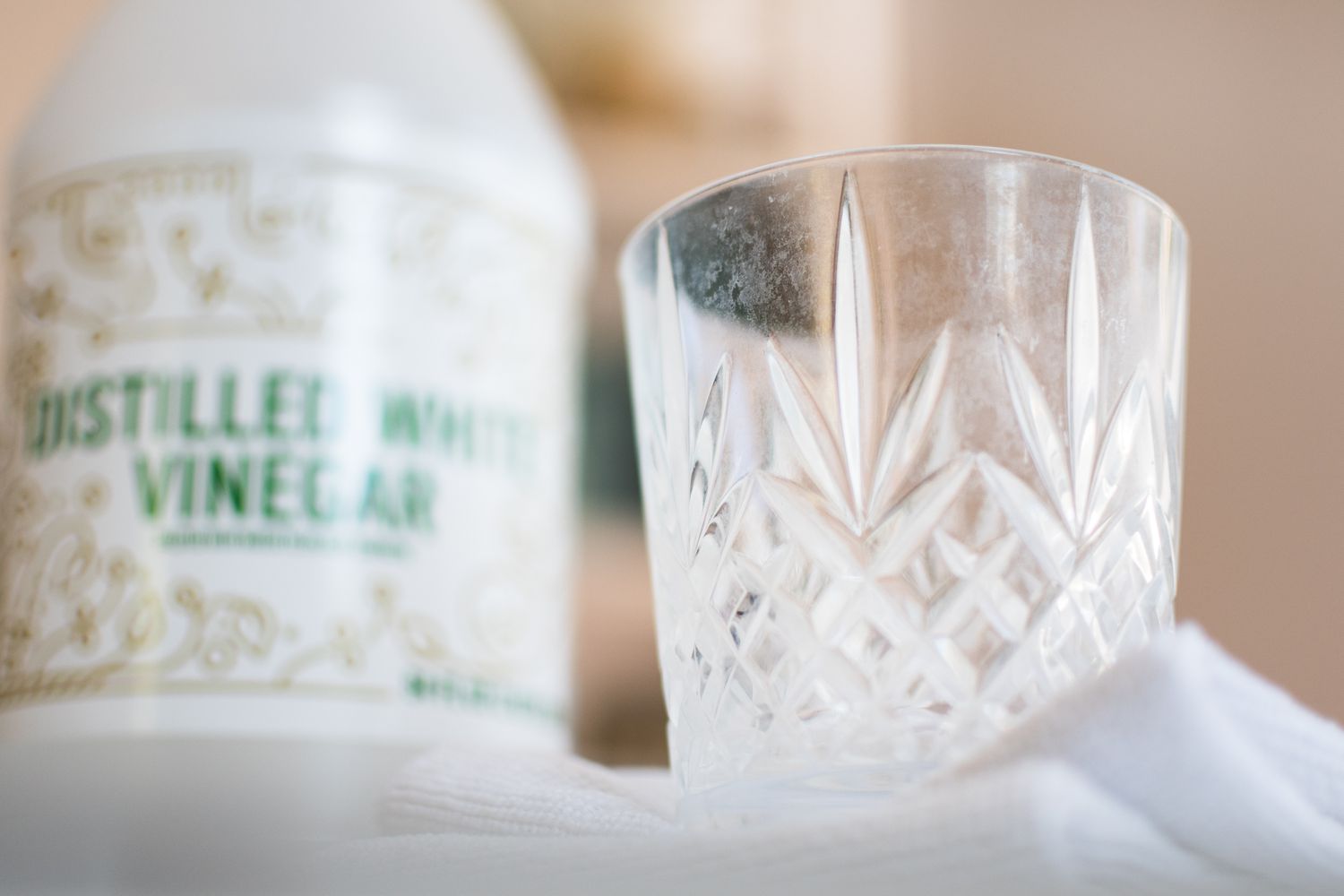

Interior Design Trends
How To Clean Foggy Glass
Modified: February 18, 2024
Learn how to clean foggy glass and improve your interior design with these effective tips. Stay updated on the latest interior design trends.
(Many of the links in this article redirect to a specific reviewed product. Your purchase of these products through affiliate links helps to generate commission for Storables.com, at no extra cost. Learn more)
Introduction
Foggy glass can be a frustrating and unsightly issue in any home or office space. Whether it's on windows, shower doors, or glass tabletops, the buildup of fog and grime can obscure the view and detract from the overall aesthetic appeal of the space. However, with the right knowledge and techniques, it's possible to restore the clarity and transparency of glass surfaces, bringing back their original luster and functionality.
Understanding the underlying causes of foggy glass is crucial in addressing this common problem. From environmental factors to the type of glass and its surrounding conditions, various elements contribute to the formation of fog and grime. By delving into the root causes, we can gain valuable insights into how to effectively combat and prevent foggy glass in the future.
In this comprehensive guide, we will explore the various factors that lead to foggy glass, the materials needed for cleaning, and a step-by-step approach to restoring clarity to glass surfaces. Additionally, we will provide practical tips for maintaining clear glass, ensuring that your efforts yield long-lasting results.
By the end of this guide, you will be equipped with the knowledge and techniques to tackle foggy glass with confidence, allowing you to enjoy the beauty and functionality of transparent surfaces in your living or working environment. Let's embark on this journey to uncover the secrets of cleaning and maintaining clear, fog-free glass.
Key Takeaways:
- Say goodbye to foggy glass by using vinegar, water, and gentle scrubbing. Prevent foggy buildup with ventilation, regular cleaning, and anti-fog coatings. Keep your glass surfaces clear and inviting!
Read more: How To Clean Fireplace Glass Foggy
Understanding the Causes of Foggy Glass
Foggy glass is a common issue that can arise due to various factors, ranging from environmental conditions to the composition of the glass itself. Understanding the root causes of foggy glass is essential in effectively addressing and preventing this problem.
One of the primary culprits behind foggy glass is moisture. When warm, humid air comes into contact with a cold glass surface, condensation occurs, leading to the formation of fog or a cloudy layer. This phenomenon is particularly prevalent on windows during colder months, as the temperature contrast between the interior and exterior surfaces of the glass intensifies.
Additionally, the accumulation of dirt, dust, and grime on glass surfaces can contribute to foggy appearances. Over time, these particles adhere to the glass, creating a hazy layer that obstructs transparency and diminishes the visual appeal of the glass.
Furthermore, the type of glass used in windows, doors, or other fixtures can influence the likelihood of foggy buildup. Single-pane windows, for example, are more susceptible to condensation and fogging compared to their double-pane counterparts, as they provide less insulation against temperature differentials.
In bathrooms, shower doors often experience foggy conditions due to the combination of heat, moisture, and soap scum. The constant exposure to steam and water droplets can lead to persistent fogging, making it essential to address this issue proactively.
Moreover, the surrounding environment and its proximity to sources of moisture, such as kitchens, bathrooms, or areas with high humidity levels, can exacerbate foggy glass problems. In commercial settings, glass display cases or storefronts may also be prone to fogging, especially in climates with significant temperature variations.
Understanding these causes of foggy glass empowers individuals to take targeted measures to address the issue. By recognizing the contributing factors, it becomes possible to implement effective cleaning and maintenance strategies that mitigate foggy buildup and preserve the clarity of glass surfaces.
Materials Needed for Cleaning Foggy Glass
Cleaning foggy glass requires the use of specific materials to effectively remove the buildup of condensation, grime, and other impurities. By assembling the right tools and cleaning agents, you can tackle the foggy glass problem with precision and achieve optimal results. Here are the essential materials needed for cleaning foggy glass:
-
Vinegar: White vinegar is a versatile and effective cleaning agent that can help dissolve mineral deposits and soap scum commonly found on foggy glass surfaces. Its acidic nature makes it particularly adept at breaking down stubborn residues, restoring the transparency of the glass.
-
Water: Clean, lukewarm water serves as the primary diluent for cleaning solutions. When combined with other cleaning agents, water facilitates the removal of dirt and grime, allowing for thorough cleaning of the glass surface.
-
Microfiber Cloth or Sponge: Utilizing a soft, non-abrasive cloth or sponge is crucial for gently scrubbing and wiping the glass without causing scratches or damage. Microfiber materials are ideal for capturing and lifting particles from the glass, leaving behind a streak-free, polished finish.
-
Rubbing Alcohol: Isopropyl alcohol, commonly known as rubbing alcohol, is effective in dissolving oils, grease, and residues that contribute to foggy glass. When used in conjunction with other cleaning agents, it enhances the overall cleaning process, leaving the glass surface pristine and clear.
-
Glass Cleaner: Commercially available glass cleaners formulated specifically for removing grime, smudges, and foggy buildup are valuable for achieving a sparkling, transparent finish. Look for non-ammonia-based cleaners to prevent streaking and ensure compatibility with various types of glass.
-
Squeegee: A high-quality squeegee is essential for efficiently removing cleaning solutions and water from the glass surface. Its rubber blade effectively eliminates streaks and excess moisture, resulting in a polished, crystal-clear appearance.
-
Bucket: A clean bucket is useful for preparing cleaning solutions and facilitating the cleaning process. It allows for the proper dilution of cleaning agents and provides a convenient vessel for holding water during the cleaning of larger glass surfaces.
By gathering these materials, you can embark on the journey to restore the clarity and transparency of foggy glass surfaces. With the right tools and cleaning agents at your disposal, you are well-equipped to tackle the cleaning process with precision and achieve remarkable results.
Mix equal parts white vinegar and water in a spray bottle. Spray the solution onto the foggy glass and wipe with a microfiber cloth in a circular motion. Repeat if necessary.
Step-by-Step Guide to Cleaning Foggy Glass
-
Prepare the Cleaning Solution: Begin by creating a cleaning solution by mixing equal parts of white vinegar and water in a clean bucket. This diluted vinegar solution serves as an effective agent for dissolving mineral deposits and grime on the glass surface.
-
Apply the Cleaning Solution: Using a spray bottle or a soft cloth, apply the vinegar and water solution generously onto the foggy glass surface. Ensure thorough coverage, especially in areas with visible condensation or stubborn residues.
-
Let the Solution Sit: Allow the cleaning solution to sit on the glass for a few minutes to penetrate and loosen the accumulated grime and foggy buildup. This dwell time enhances the effectiveness of the solution in preparing the glass for thorough cleaning.
-
Scrub the Glass Surface: With a soft microfiber cloth or sponge, gently scrub the glass surface in circular motions, focusing on areas with noticeable fog or grime. The mild abrasion from the cloth aids in dislodging and lifting the impurities from the glass, restoring its transparency.
-
Rinse with Water: After thorough scrubbing, rinse the glass surface with clean water to remove the cleaning solution and dislodged particles. This step ensures that any residual vinegar solution and loosened grime are completely washed away, leaving the glass clean and refreshed.
-
Use Rubbing Alcohol: For persistent foggy areas or stubborn residues, dampen a clean cloth with rubbing alcohol and gently wipe the affected areas. The alcohol's solvent properties effectively dissolve oils, grease, and residual grime, further enhancing the clarity of the glass.
-
Apply Glass Cleaner (Optional): If desired, use a high-quality glass cleaner to provide a final touch of sparkle and clarity to the glass surface. Choose a non-ammonia-based cleaner to prevent streaking and ensure compatibility with different types of glass.
-
Squeegee the Glass: Employ a squeegee with a rubber blade to remove excess water and cleaning solutions from the glass surface. Starting from the top, pull the squeegee down in a smooth, overlapping motion to eliminate streaks and achieve a polished, crystal-clear finish.
-
Inspect and Dry the Glass: After cleaning, inspect the glass surface for any remaining fog or streaks. If necessary, repeat the cleaning process in targeted areas. Once satisfied with the clarity, use a dry microfiber cloth to gently dry and polish the glass, leaving it gleaming and free from foggy residues.
By following this step-by-step guide, you can effectively restore the transparency and luster of foggy glass, ensuring that your windows, shower doors, and glass fixtures regain their pristine appearance and functionality.
Tips for Maintaining Clear Glass
Maintaining clear glass involves proactive measures to prevent the recurrence of foggy buildup and preserve the pristine appearance of glass surfaces. By implementing the following tips, you can prolong the clarity and transparency of windows, shower doors, and glass fixtures, ensuring a consistently polished and inviting environment.
-
Ventilation and Air Circulation: Enhance air circulation in areas with glass surfaces, such as bathrooms and kitchens, to minimize the buildup of moisture and condensation. Proper ventilation reduces the likelihood of foggy glass by promoting airflow and preventing stagnant, humid conditions.
-
Use Exhaust Fans: Install and utilize exhaust fans in bathrooms and kitchens to expel excess moisture and steam, reducing the potential for foggy buildup on glass surfaces. Running exhaust fans during and after activities that generate steam, such as showering or cooking, helps maintain clear glass by minimizing the impact of humidity.
-
Regular Cleaning Routine: Establish a regular cleaning schedule for glass surfaces to prevent the accumulation of dirt, grime, and residues that contribute to foggy appearances. Consistent cleaning with appropriate glass-friendly products helps maintain transparency and prevents the need for intensive cleaning sessions.
-
Avoid Harsh Cleaning Agents: When cleaning glass, avoid harsh or abrasive cleaning agents that can damage the surface or leave behind streaks. Opt for mild, non-abrasive cleaners and natural solutions, such as vinegar and water, to gently remove impurities without compromising the integrity of the glass.
-
Use a Squeegee After Showering: After showering, use a squeegee to remove excess water from shower doors and glass enclosures. This simple practice minimizes the accumulation of water droplets, reducing the likelihood of foggy buildup and maintaining the clarity of the glass.
-
Address Sealant and Insulation: Ensure that windows and glass fixtures are properly sealed and insulated to minimize temperature differentials that contribute to condensation and foggy glass. Address any gaps or issues with seals to create a more controlled environment for the glass.
-
Apply Anti-Fog Coatings: Consider applying anti-fog coatings to glass surfaces, especially in high-moisture areas. These specialized coatings create a hydrophilic layer that prevents condensation and fogging, promoting long-term clarity and reducing the need for frequent cleaning.
-
Inspect and Address Leaks: Regularly inspect windows, doors, and glass enclosures for potential leaks or moisture ingress. Addressing leaks promptly prevents water accumulation and minimizes the conditions conducive to foggy glass.
By incorporating these maintenance tips into your routine, you can effectively preserve the clarity and transparency of glass surfaces, ensuring a consistently clear and inviting ambiance in your living or working spaces. These proactive measures not only prevent foggy buildup but also contribute to the longevity and visual appeal of glass fixtures, enhancing the overall aesthetic of the environment.
Conclusion
In conclusion, the quest to combat foggy glass and maintain clear, transparent surfaces is an endeavor that encompasses both understanding the underlying causes of foggy buildup and implementing effective cleaning and maintenance strategies. By delving into the factors contributing to foggy glass, such as moisture, environmental conditions, and the type of glass used, individuals can gain valuable insights into the dynamics of this common issue. Armed with this knowledge, they can proactively address foggy glass and prevent its recurrence, ensuring the enduring clarity and visual appeal of glass surfaces.
The step-by-step guide to cleaning foggy glass provides a comprehensive roadmap for restoring the transparency and luster of windows, shower doors, and glass fixtures. From preparing the cleaning solution to employing gentle scrubbing techniques and utilizing squeegees for a polished finish, the cleaning process is demystified, empowering individuals to tackle foggy glass with confidence and precision. Additionally, the emphasis on using specific materials, such as vinegar, water, rubbing alcohol, and microfiber cloths, underscores the importance of employing the right tools for the task at hand.
Furthermore, the maintenance tips offered in this guide serve as proactive measures to preserve clear glass and prevent the recurrence of foggy buildup. By promoting ventilation, establishing regular cleaning routines, and utilizing anti-fog coatings, individuals can create an environment conducive to maintaining the pristine appearance of glass surfaces. These tips not only contribute to the visual appeal of the space but also enhance the longevity and functionality of glass fixtures, ensuring a consistently inviting ambiance.
Ultimately, the journey to combat foggy glass and maintain clear surfaces is a multifaceted endeavor that combines knowledge, technique, and proactive measures. By understanding the causes of foggy glass, assembling the necessary materials, and following a systematic approach to cleaning, individuals can achieve remarkable results in restoring the transparency and luster of glass surfaces. Moreover, by implementing maintenance tips that promote airflow, prevent moisture buildup, and address potential leaks, they can safeguard the enduring clarity and visual allure of glass fixtures.
In essence, the battle against foggy glass is not merely a reactive response to a common issue but a proactive commitment to preserving the beauty and functionality of glass surfaces. With the insights and techniques presented in this guide, individuals are equipped to embark on this journey with confidence, ensuring that foggy glass becomes a fleeting challenge in the face of enduring clarity and transparency.
Frequently Asked Questions about How To Clean Foggy Glass
Was this page helpful?
At Storables.com, we guarantee accurate and reliable information. Our content, validated by Expert Board Contributors, is crafted following stringent Editorial Policies. We're committed to providing you with well-researched, expert-backed insights for all your informational needs.
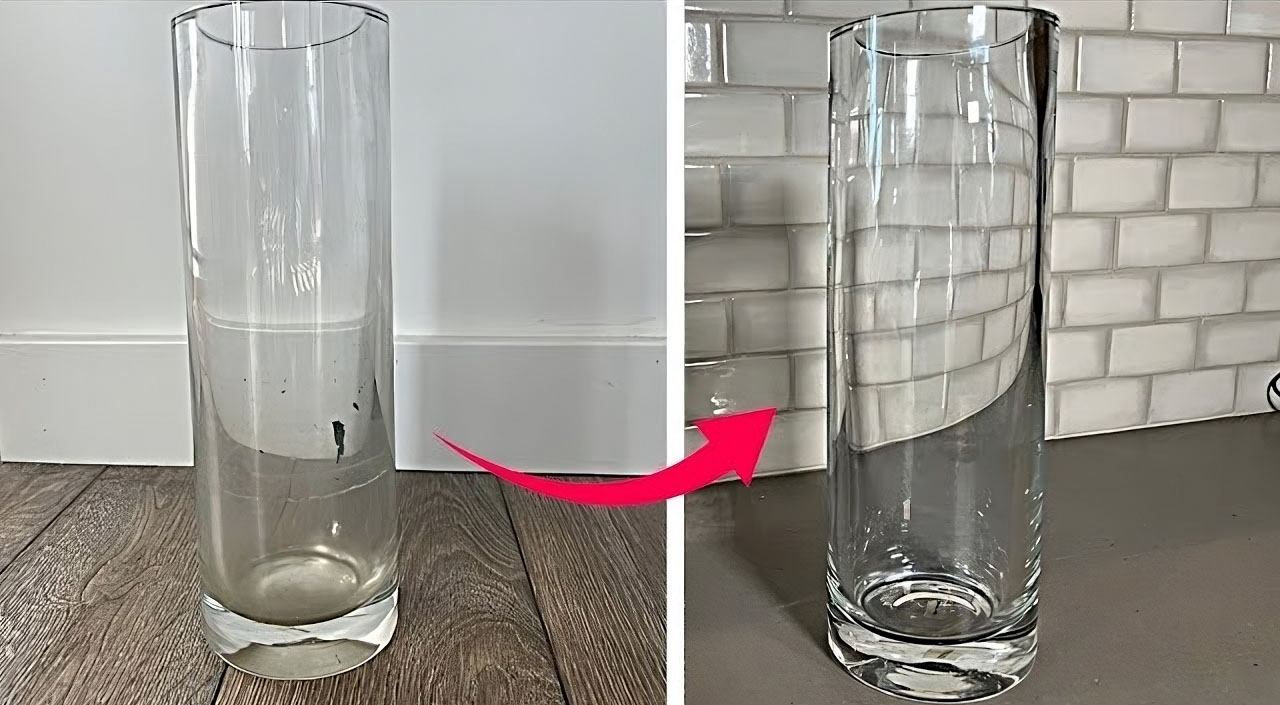
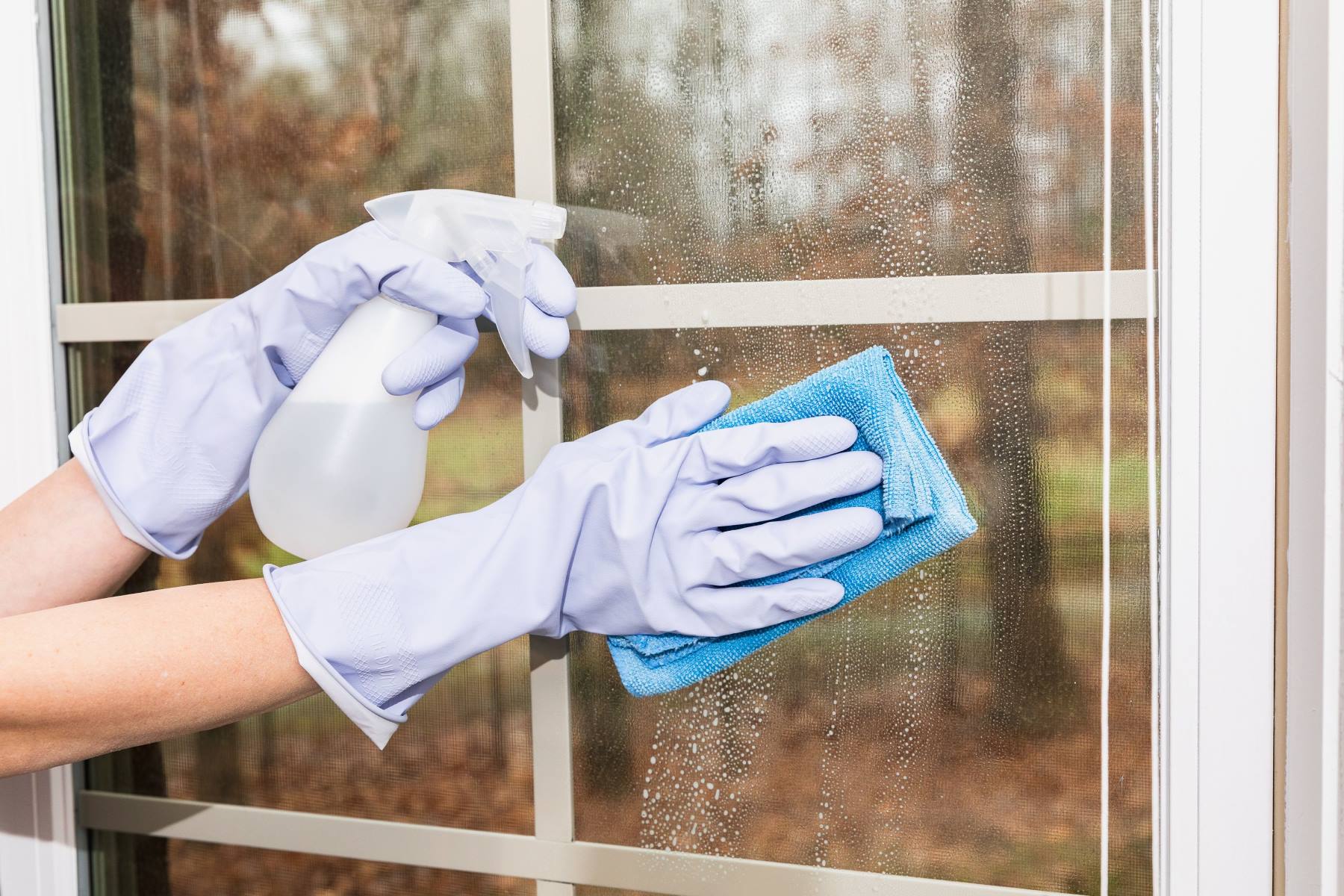



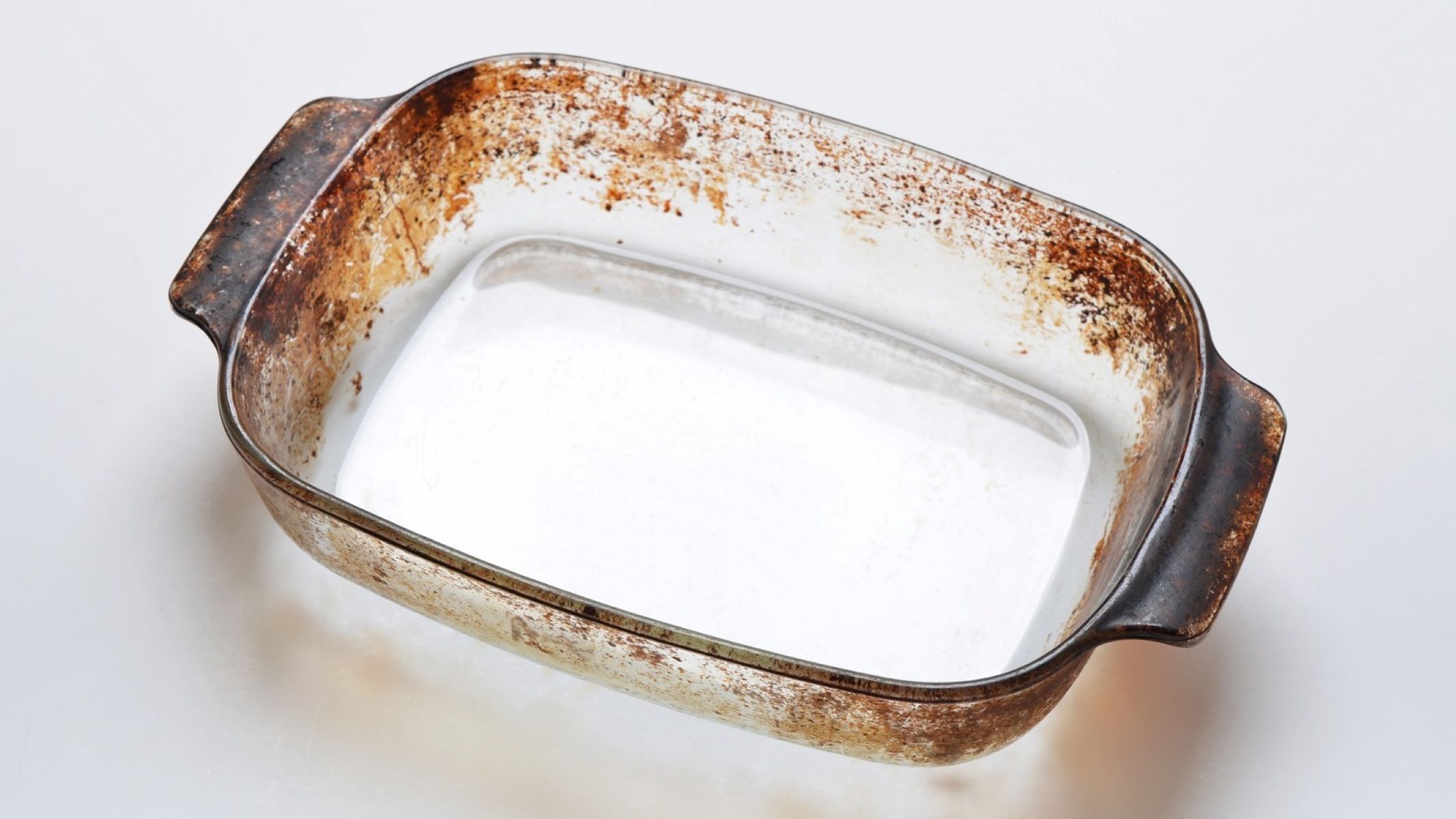
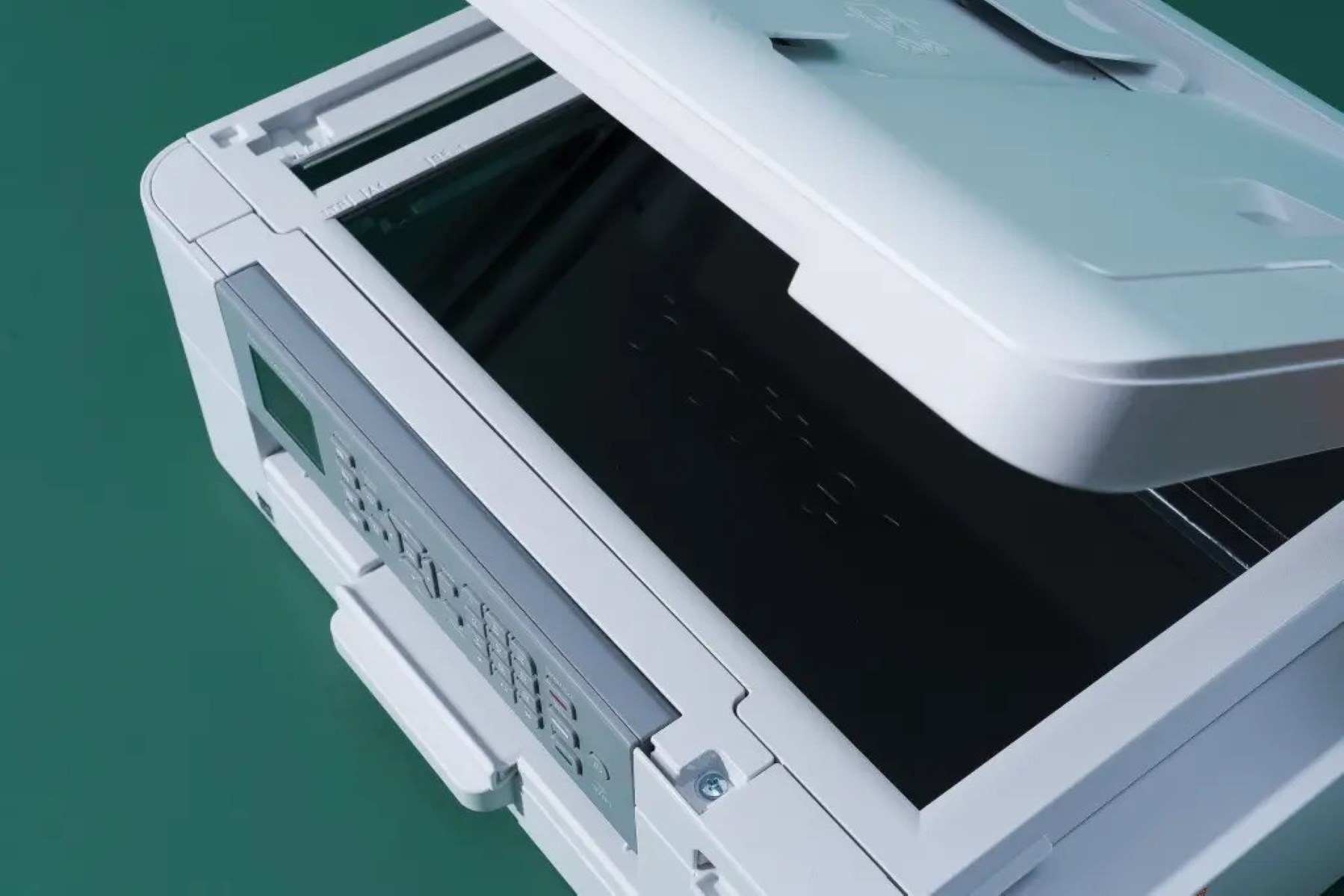
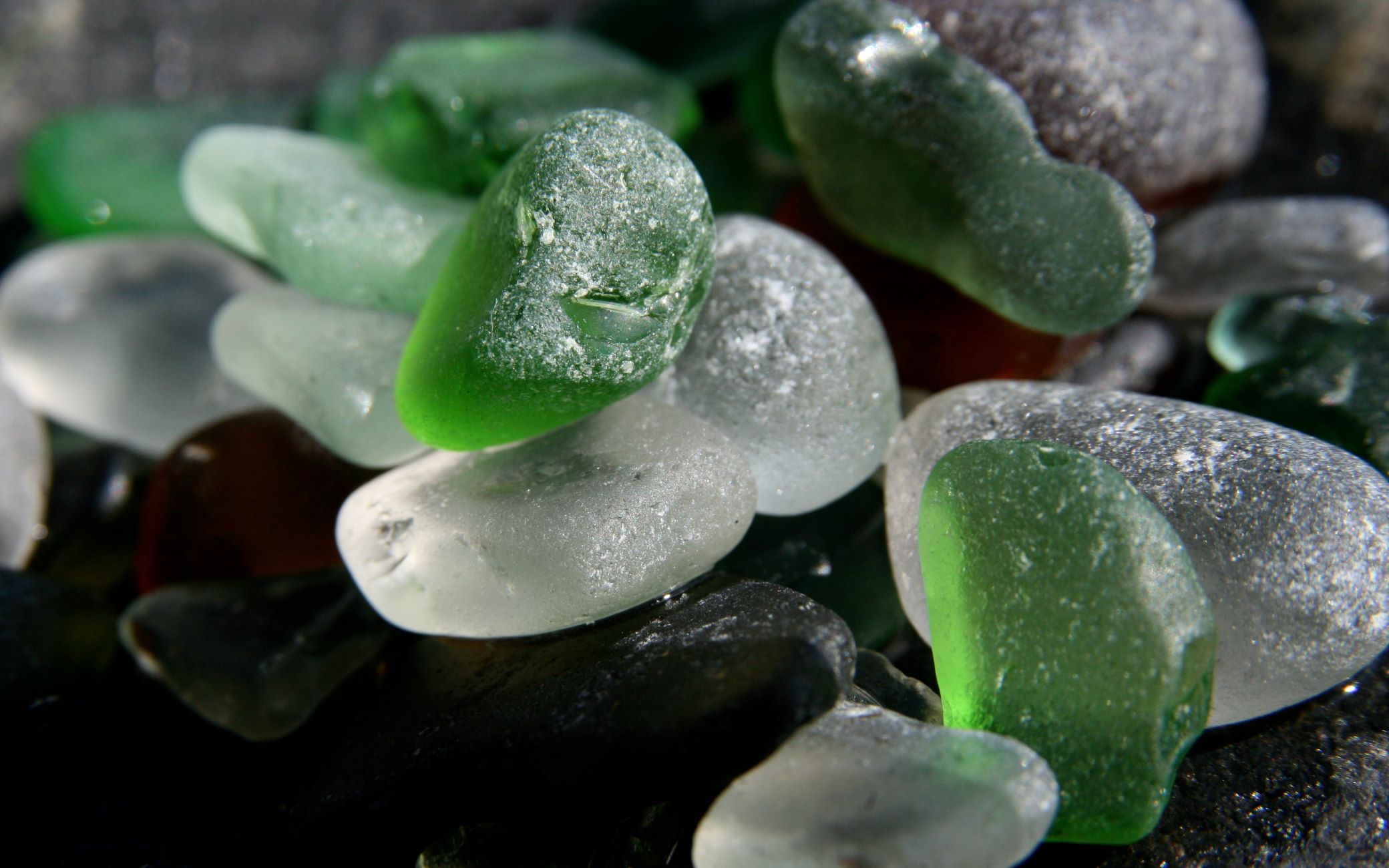
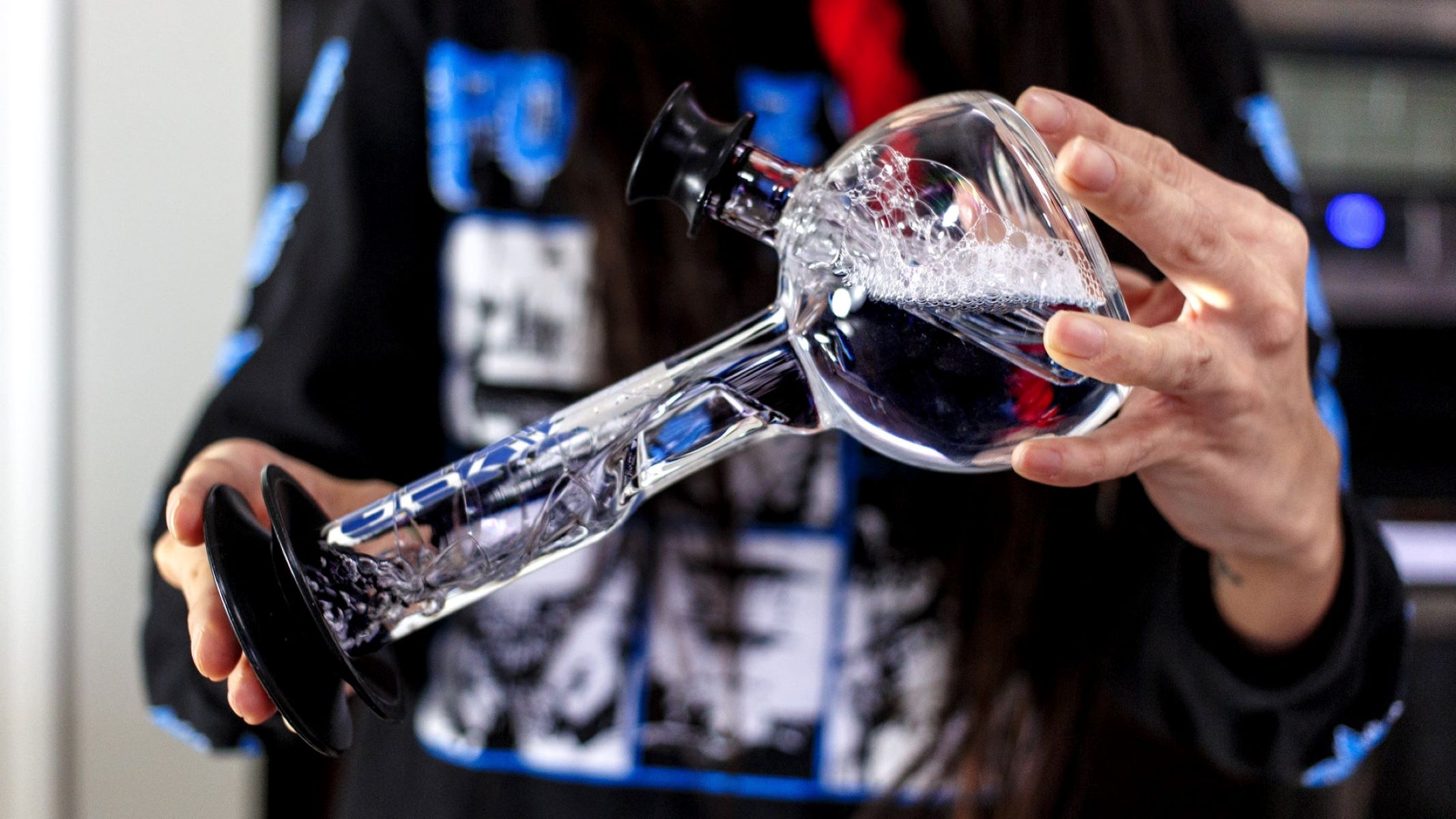
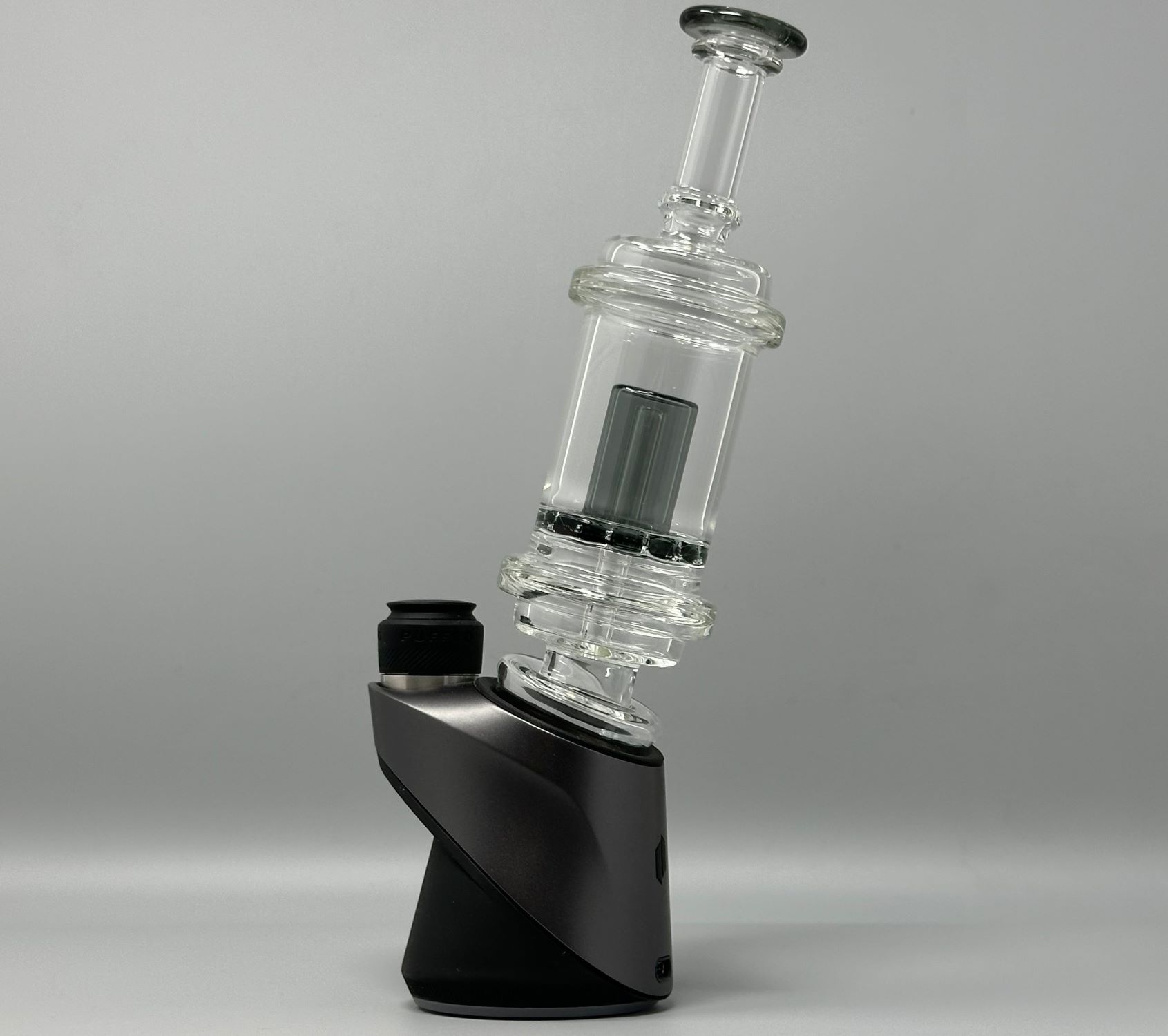
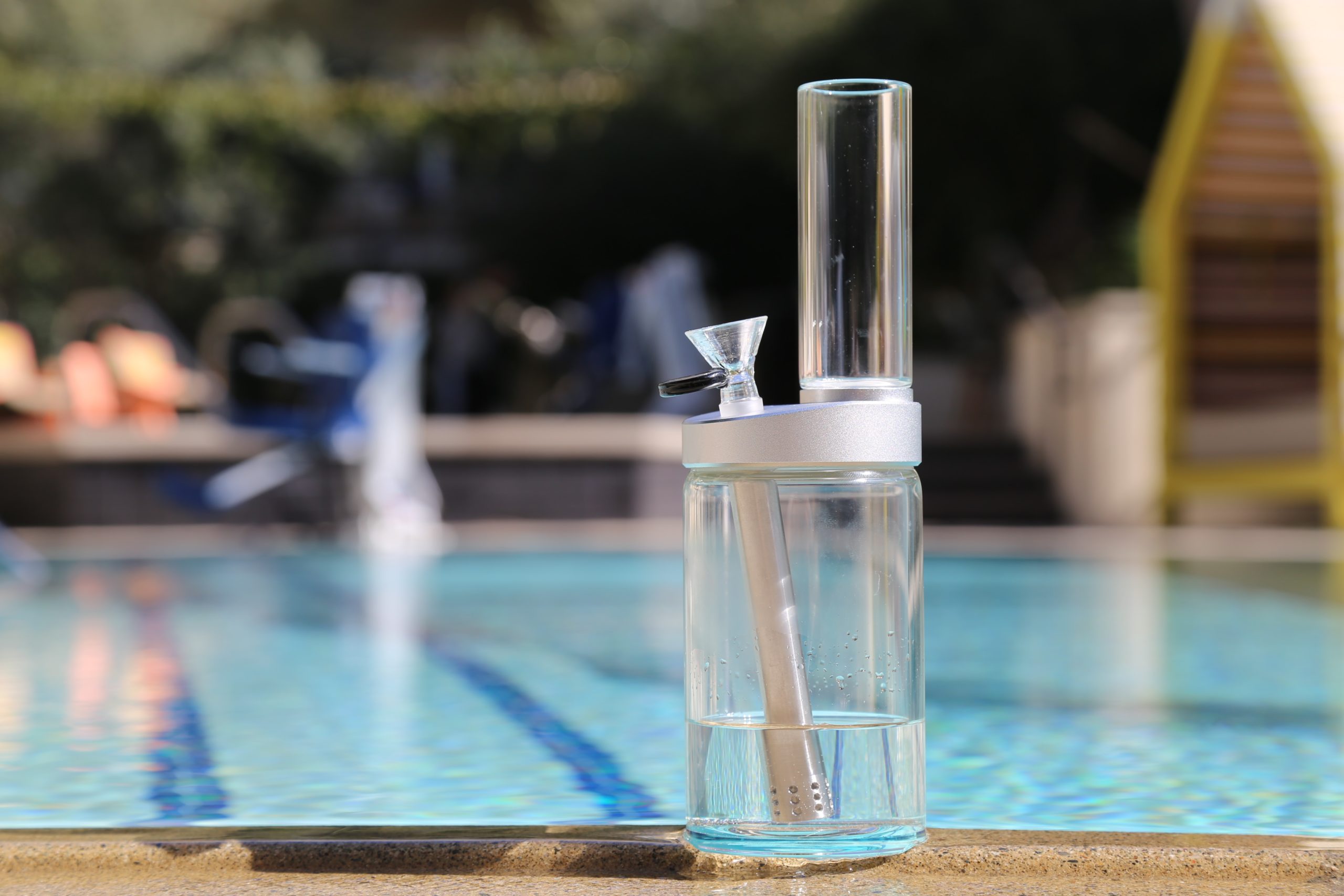
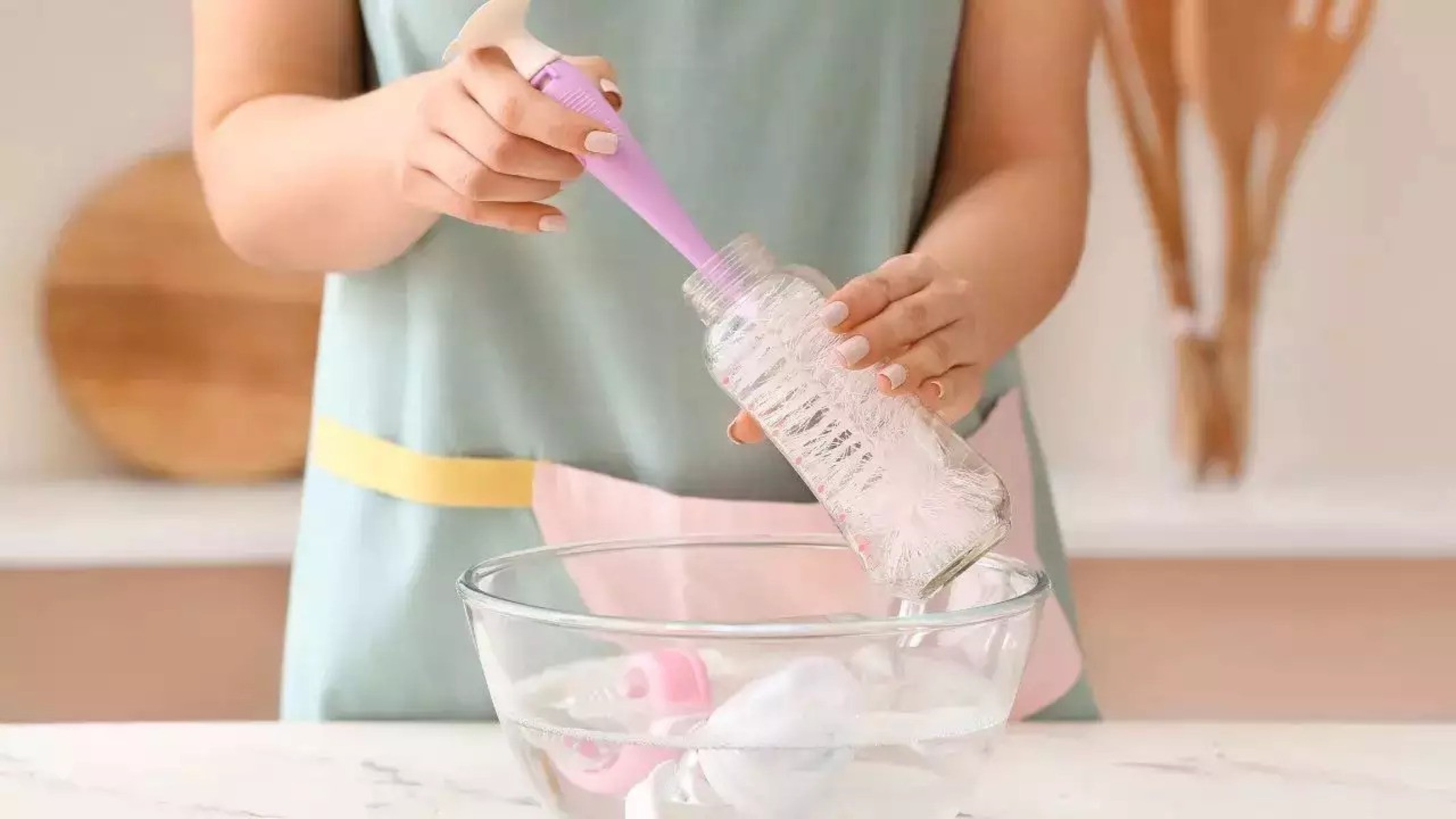
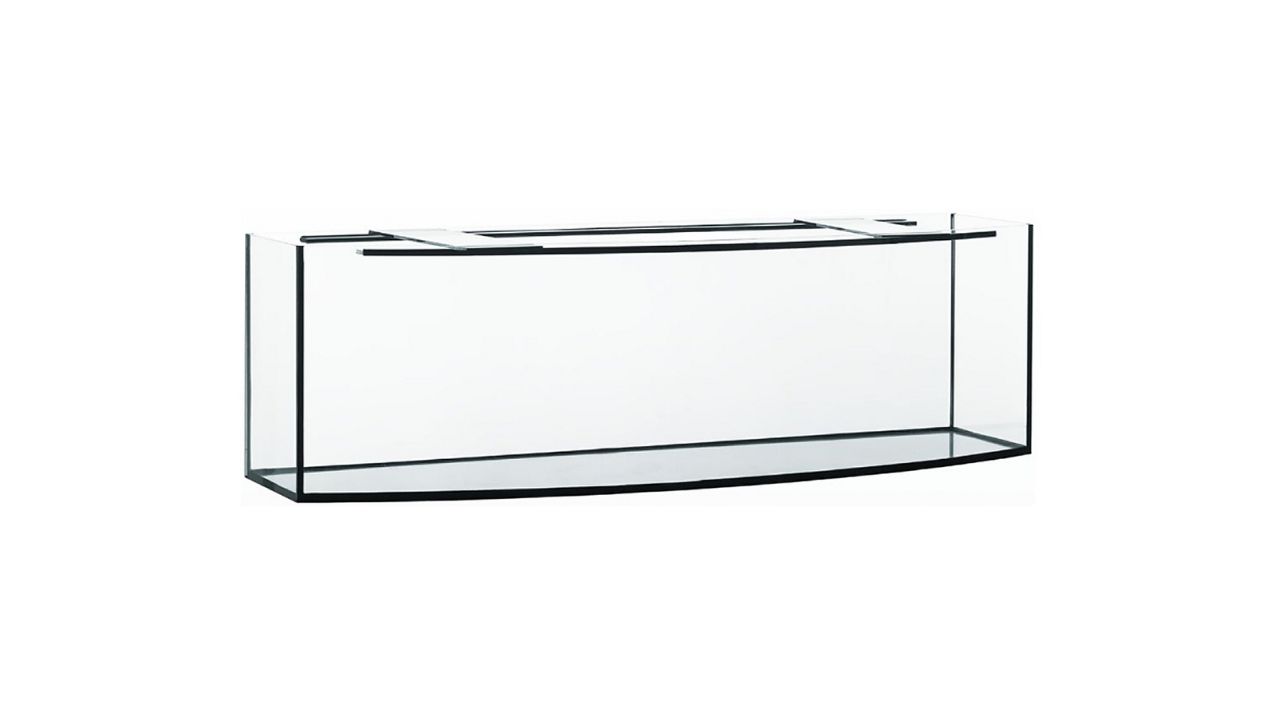
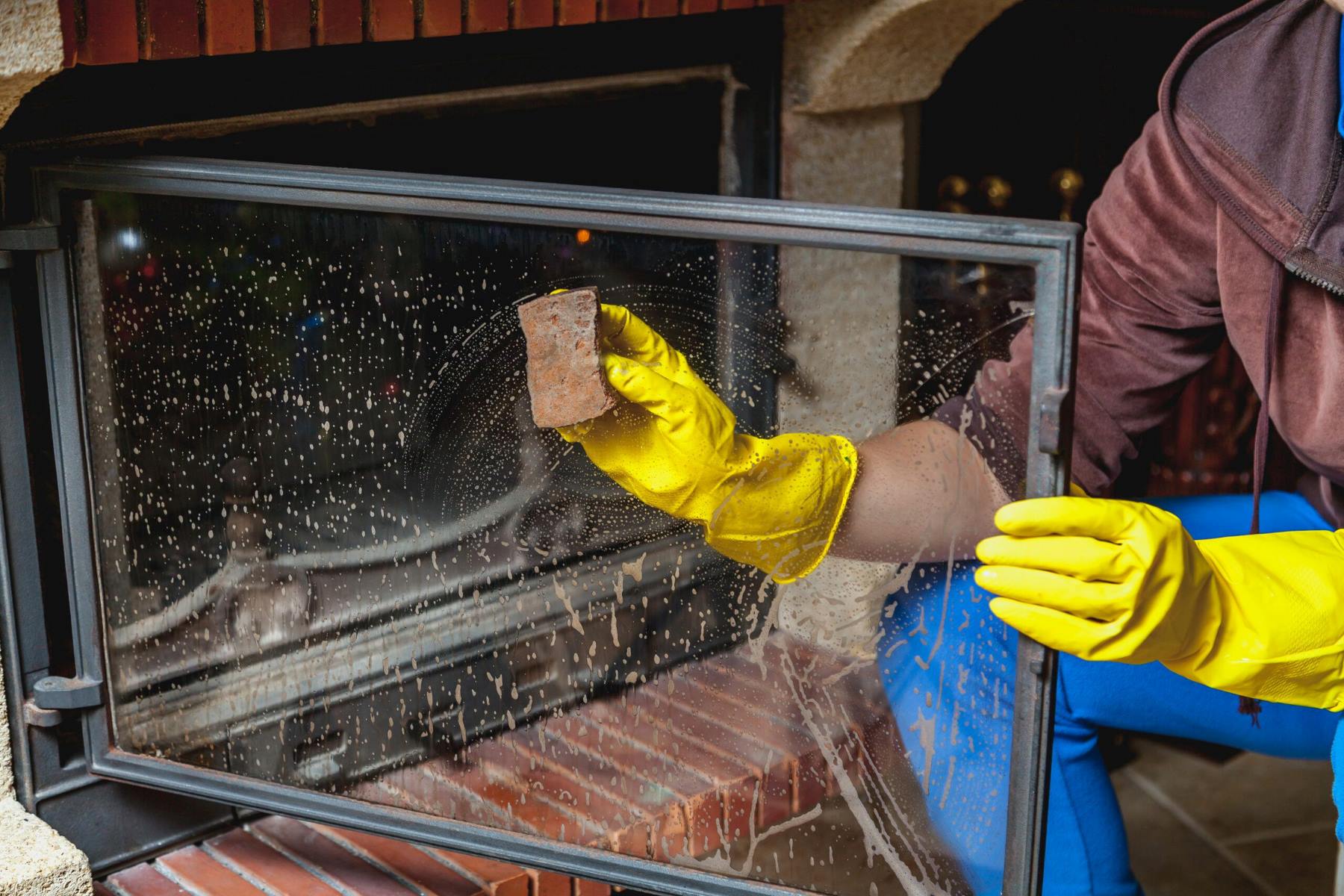

0 thoughts on “How To Clean Foggy Glass”